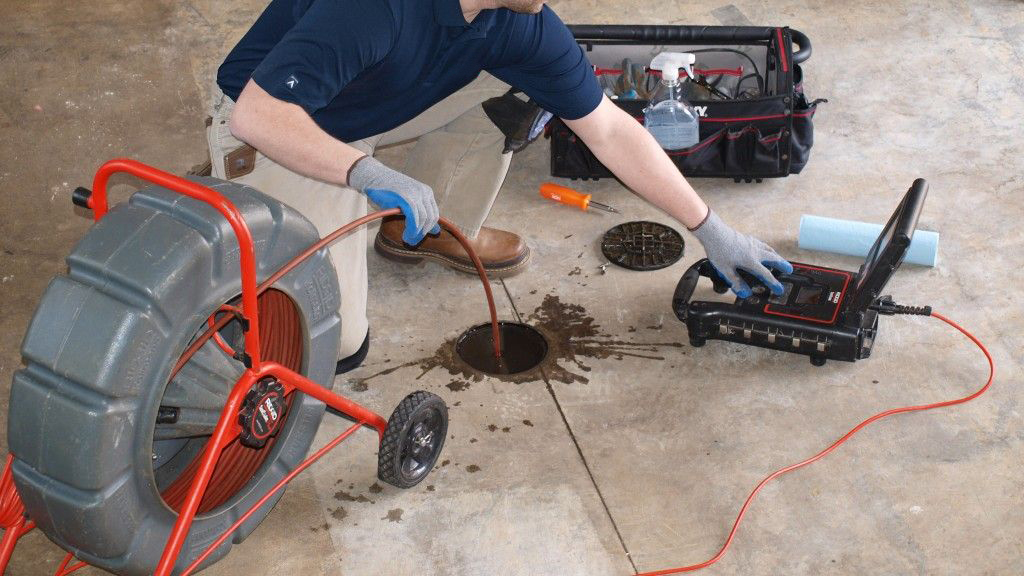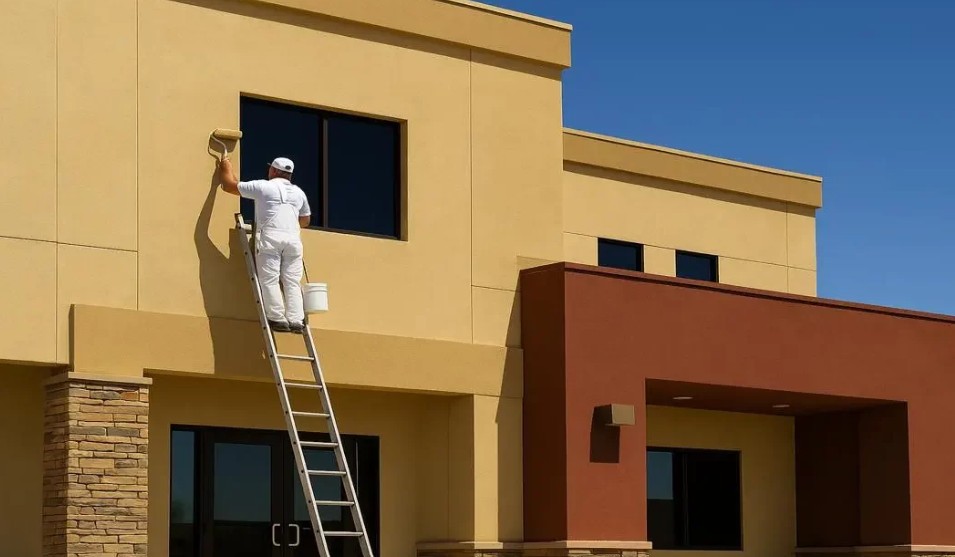Blocked drains can be a frustrating and inconvenient problem in any home or business. Whether it’s a slow-draining sink or a clogged shower, knowing how to effectively tackle blockages can save time, money, and stress. In this guide, we’ll explore the most effective drain unblocking solutions, from simple DIY methods to professional techniques. Let’s dive into everything you need to know to get your drains flowing smoothly again.
Understanding Common Causes of Drain Blockages
Understanding what causes drain blockages is the first step in effectively unblocking them. Common culprits include:
- Grease and fat build-up: Often from kitchen sinks, grease can solidify and coat the inside of pipes, narrowing the passage and leading to blockages.
- Hair accumulation: Hair is a frequent cause of blockages in showers, sinks, and bathroom drains.
- Foreign objects: Small objects or debris that accidentally enter drains can cause blockages, especially in bathroom and kitchen sinks.
- Mineral build-up: Hard water can leave mineral deposits over time, constricting the pipes.
- Toiletries: Items like wipes, sanitary products, or excessive toilet paper can lead to blockages.
Identifying the type of blockage can help determine the most effective solution.
DIY Drain Unblocking Solutions
For minor blockages, there are several simple DIY solutions you can try before calling in professionals.
1. Boiling Water Method
Pouring boiling water down the drain is one of the simplest solutions for grease or soap build-up. The heat can dissolve softer blockages and flush them away. However, this method is unsuitable for PVC pipes or if the blockage is caused by a solid object.
2. Using a Plunger
A plunger can be highly effective for clearing partial blockages in sinks, toilets, and showers. To use a plunger effectively:
- Cover the drain with the plunger and create a seal.
- Pump the plunger up and down vigorously.
- After several pumps, lift the plunger to see if the water drains away.
Repeat as necessary. Plunging works well for blockages caused by soft debris but may struggle with stubborn clogs.
3. DIY Baking Soda and Vinegar Solution
For a natural and eco-friendly approach, try the baking soda and vinegar method. Here’s how:
- Pour half a cup of baking soda down the drain.
- Follow with half a cup of vinegar.
- Cover the drain and let the mixture sit for about 15-20 minutes.
- Flush with boiling water.
The chemical reaction helps to dislodge grease and other soft materials, though it may be less effective for severe blockages.
4. Drain Snake or Auger
A drain snake (also known as an auger) is a more hands-on tool for removing clogs. Insert the snake into the drain and twist it until you feel resistance, then pull it out to remove the blockage. This method works well for hair and other small blockages.
Chemical Drain Cleaners
Chemical drain cleaners are available at most hardware stores and can dissolve grease, hair, and other materials. However, they should be used sparingly as they contain harsh chemicals that can damage pipes and pose environmental risks. Always follow instructions carefully, wear gloves, and avoid mixing chemicals with other cleaning agents.
Note: Avoid chemical cleaners if your pipes are old, as the chemicals can weaken the piping.
Professional Drain Unblocking Services
For severe or stubborn blockages, professional help is often the best solution. Professionals have access to specialized tools and techniques, including:
1. Hydro Jetting
Hydro jetting uses a high-pressure water jet to clear clogs and clean the inner walls of pipes. This method is particularly effective for removing grease, mineral build-up, and debris without damaging the pipes.
2. Camera Inspection
If the cause of the blockage is unclear, a camera inspection can help identify it. A small camera is inserted into the pipe to locate and diagnose the blockage, allowing professionals to determine the best method to clear it.
3. Rooter Services
For blockages caused by invasive tree roots or significant debris, rooter services can break up and clear away these obstructions. This service requires specialized tools and is best handled by a professional.
Preventive Measures to Avoid Blocked Drains
Preventing blockages is often easier than dealing with them. Here are some tips to keep your drains clear:
- Dispose of grease properly: Avoid pouring cooking grease down the drain. Instead, let it solidify and dispose of it in the trash.
- Install drain guards: Use drain guards in sinks and showers to catch hair, food particles, and other debris.
- Regularly clean drains: Regular cleaning with hot water or a mild solution can help prevent build-up.
- Limit what you flush: Only flush toilet paper down the toilet to avoid blockages.
When to Call a Professional
If your DIY efforts aren’t working, or if you’re experiencing frequent blockages, it may be time to call in a professional. They can address the issue effectively and offer advice on maintaining clear drains in the future.
Conclusion
Blocked drains are a common but manageable issue, with a range of effective unblocking solutions from DIY methods to professional services. By understanding the cause of the blockage and applying the appropriate solution, you can resolve most blockages quickly and effectively. Remember, regular maintenance and preventive measures can help keep your drains clear and free-flowing year-round.




